NCEdCloud
The schools get hold of various systems to get their task done to the fullest. One such innovative system is the NCEdCloud. The North Carolina Education Cloud is nothing but a service delivery platform. This platform has been solely designed for the administrative support systems and contemporary instructions that get hold of tools, resources, and more to back up all the top initiatives to the North Carolina Race.
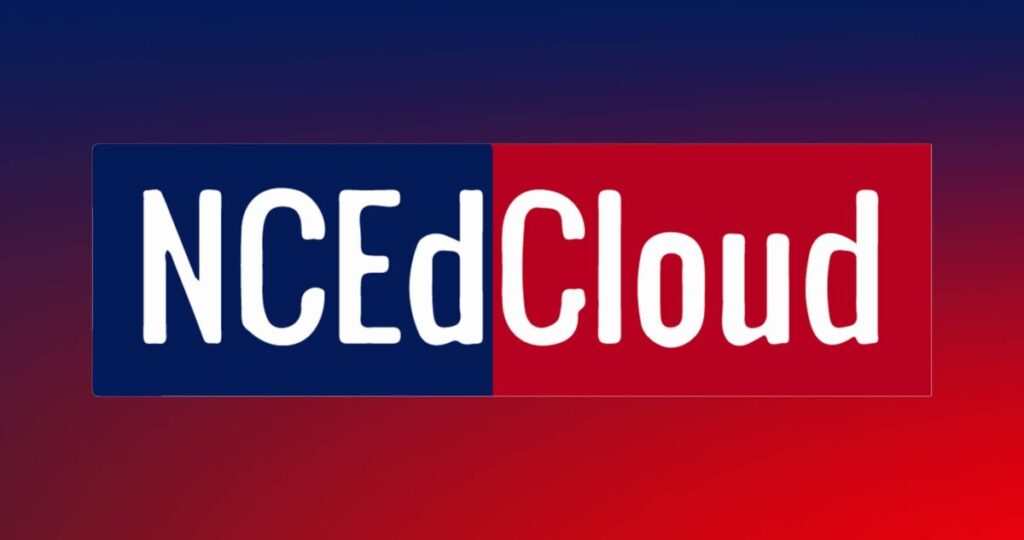
Ncedcloud – Cloud-Based Learning Resources in North Carolina.
NC Ed Cloud It is not needed to say that, it is really tough to develop a system for every school or institute. Instead of designing systems for all the schools, NCEdcloud has decided to develop a single system and make the services available to the schools through a shared platform. The services of the Nc Education cloud platform can be accessed all the way through the pay-for-use, shared backup models, and collaborative procurements. It is the school has to decide in what way they are going to access the services and features of the Ncedcloud.
One of the best services of the Nc education cloud is the Identity and Access Management service called IAM. This service has been provided to the institutions all the way through Identity Automation, which is a Houston, Texas-based company. The Identity Automation Company will provide services such as access management services, data, and identity. The point is that the feature of the IAM service will vary from one school to another school. The school can use the features that they really wanted to use. Not only to schools, but the services of the will also vary to users too.
Click Here Loging into your Nced cloud Account
- View the application access window with shortcut icons. Using the icons, they can get access to the features they need to access.
- With the assistance of the self-service facilities, the students can change their password.
- They can read the profile information in a detailed manner.
As like students, the teachers have separate features, which are
- The teachers can reset the passwords of the students
- They can go through all such details of the students
As like students and teachers, the delegated administrators can do the following,
- They access the user and audit data
- They can get to know about all the teachers and students in the district
- They can design sponsored guest accounts
- They can enable and disable the passwords and accounts if it is needed to be
All these features of Ncedcloud will ensure wonderful backup services. All you have to do is to create a login account in NC Ed Cloud and continued using the excellent services of the Nc education cloud.
myncedcloud Login Steps
Of course, now, you have got the question on your mind with respect to creating the myNcedcloud login account. Creating an account in the rapididentity is not that challenging as you think. Here, we are going to discuss the steps that you need to follow to create a new Nced cloud login account.
Ncedcloud Student Login From Below Button
Hey! Do You Already Have One Nced cloud Account with Login Credentials Then You Srgightly signin into your Account by clicking Below Login Button. If you Don’t Account you need to Ask your Teacher for Account. There is no Self Creating Account
Step By Step Guide – How to Login Into Ncedcloud.org
- First of all, you have to get into the official website of the Nced cloud to create the login account.
- Once, you have entered into the official site, you could get to see the “claim my account” icon, just have to click on the icon.
- In the “claim my account”, you could find two options to choose from, which are LEA employee claim policy and LEA student claim policy. If you are a student, then you should choose the LEA student claim policy. If you are a teacher, you should choose the LEA employee claim policy.
- After choosing the option, you have to click “next”.
- Now, you have to provide the needed details. You have given columns to enter the relevant details. You need to enter the details such as, student ID number assigned from power school, student grade for the current school year, the format of birth date, and LEA/Charter code, which is 600.
- A captcha text will be displayed on the screen and you have to type the text in the box.
- Once you have precisely typed the captcha text, you have to then click next.
- Now, you will be asked to create a password for your login account.
- It is now time to create passwords and retype your password to confirm your password. There are criteria for passwords and you have to follow that.
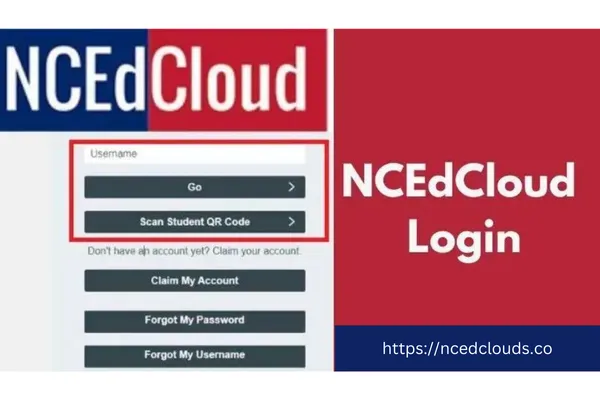
YYour password should contain 8 to 16 characters in total, one numeric digit, one uppercase character, and one lower case character. Make sure to create the password according to these requirements. Otherwise, your password would not be accepted by the Ncedcloud login.
- Once after creating the password, you should click next.
- Now, you have to answer the security questions. You should not simply prompt a random answer to the security question as this question will be used when you forget your password.
- By clicking next, you will get to see a confirmation page.
- You have to print the confirmation page and make sure to save it in a location that is secured and protected. At times, you need to refer to the confirmation page in the future for any such things.
These are the steps you should follow for creating a login account in the IM rapididentity. If you follow these steps clearly, creating the NC Ed Cloud login account can be easily done.
Rapididentity
The Rapididentity is a complete Identity and Access Management platform, which is solely designed to give organizations, greater security, lower cost of identity and access management, and enhanced business agility. With the reliable assistance of Rapididentity, the institutions can transfer identity and access management with all the vendors, employees, users, contractors, and partners. Rapididentity is something that gives enhanced collaboration and gives the right people the right access from anywhere any time. The features of Rapididentity are excellent to look at.
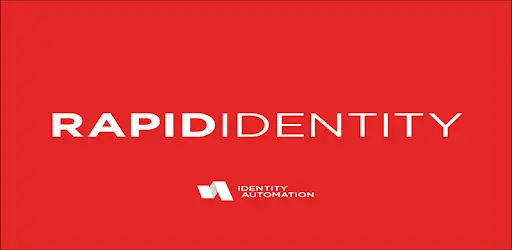
The features of the Rapididentity are as follows
- Multi-factor authentication
- Secure Single Sign-on
- Automated Life Cycle Management
- Comprehensive identity governance
- Privileged access management
- Access controls
- Password management
- Continuous access certification
Besides these features, you could able to access another 4 crucial services with using Rapididentity, which are as follows,
- Audit – With this feature, you can read a report on user’s access requests, privileges, and system activity.
- Administration – This feature provides automated user account login, self-service, and management. All users can access provision and de-provision applications.
- Authorization – Granular user access to applications and systems can be implemented. For time-based access controls and approvals, automated delegate will be there.
- Authentication – It verifies the details of all the users at both physical and digital access points with the right type of validation method.
What is PowerSchool vs NCEdCloud
As you all know that, every parent wants to know their child’s academic excellence and other details. Only then, they would come to know how their child is performing in the classrooms. In order to grant parents, a wonderful opportunity to know what they want to know about their children, PowerSchool has been launched. PowerSchool is nothing but a web-based student management system and it is solely designed to bond the communication that happens between the home and school.
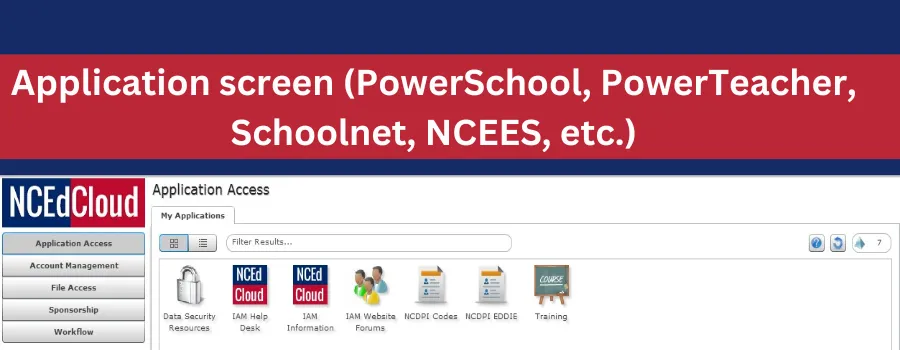
The PowerSchool provides access to legal guardians and parents to their children’s academic progress and attendance online. By accessing the PowerSchool application on the Ncedcloud, the parents and guardians could able to monitor their kids’ performance and contribution. The point is that, for accessing the PowerSchool, you need to register on the PowerSchool. You have to visit the official portal of the PowerSchool. Then, you need to click on the “create account” button. You should finish creating the parent account section.
Now, your PowerSchool account is active. By using the user id and password, you can sign in to PowerSchool at any such time. Once parents have done signing on to the PowerSchool account, parents can do the following things with the account,
- Parents can read the attendance records of their kids by category. That is, they can view the attendance records according to excused, unexcused and tardy.
- Parents can check out the report cards and progress of their kids.
- The best part is that parents can view the assignments posted by their kids and the scores they have got for the assignments.
The PowerSchool provides many benefits to the parents. The continued services provided by the PowerSchool are something that has no comparison. That is, you do not need to register or extend your registration each year in PowerSchool. Once you have created your account, it will be active until your kids’ education is done. Another benefit is that the parents can able to read the information, which is up to date, as the information on the PowerSchool will be updated day today. You can get to know children’s progress in a precise manner. You do not need to read the information, which is old and out of date.
What is Schoolnet & Nced Cloud
Schoolnet is nothing but a service that provides curriculum, assessment, and other services to assist the teacher efficiency and personalized learning. The SchoolNet remains helpful for more than 5 million students in both secondary and primary education via partnerships with states and districts all over the US. The best part is that the SchoolNet gets hold of two various tools for monitoring the performance of the students and teachers.
The Educator Development Suite and the Assessment and Reporting tool are the two tools of Schoolnet. With the assistance of the Assessment and Reporting Tool, online student assessments will be created and students’ achievements can be read over time. The performance, tracking professional goals, observations, and managing professional development content of the teachers can be checked with the Educator Development Suite.
The features of the Educator Development Suite are,
- Track PD credits
- Design formal goals and monitor the contribution towards the goals
- Suggest content to groups and individuals
- Monitor the progress of the teachers all through the year
- Record and schedule observations of the teachers
- Design or integrate the materials into the content repository
The features of the Assessment and Reporting tool are as follows,
- Design a bank for reading the teachers’ instructional resources
- Design and administer online assessments
- Design resources, unit plans, and lesson plans
- Design or integrate assessment items
- Divide students by performance on assessments
- Analyze and compare the student’s achievement data
What is K12 vs Ncedcloud What’s the Difference
The K12 stands for Kindergarten to the 12th-grade education of the student. The K12 term is used in the United States and other countries to indicate the sum of the primary and secondary education of the child. As you all know that, the education has undergone many innovations with respect to systems and the methods followed to study. The ultimate aim of the K12 is to give the standardized education to every student at the kindergarten to 12th level, so that, they can able to master their skills in the 13th grade of their education, which is the first year of college.
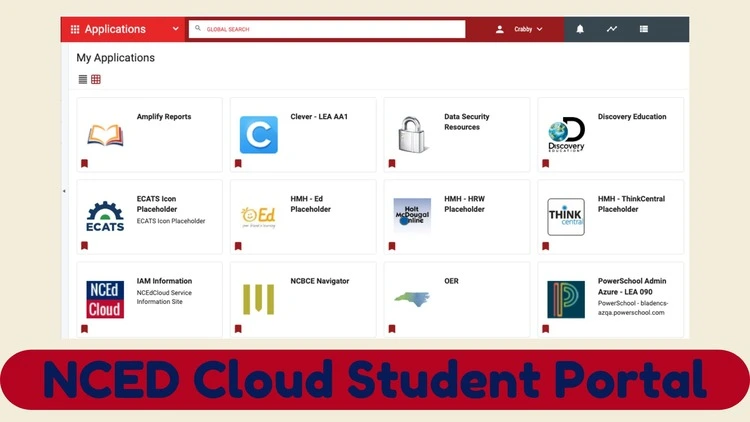
The K12 education system prepares students to master their skills in their tertiary education. Be it the online learning provided by the K12 to students, the students could able to get the best part of the education. Yes, the education in the K12 will never be like traditional school education. Instead, the students can enjoy studying in the K12 online learning platform. The way of teaching in the K12 platform is totally different and marvelous. The students will never get bored with the way of teaching followed in the K12. A lot of assignments will be given to students to bring out their capacity and level of skills.
